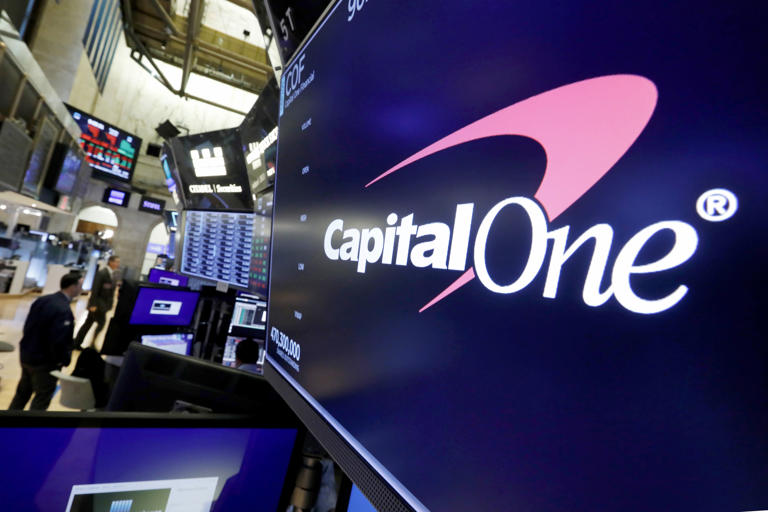Capital One announced on Wednesday its plan to offer $265 billion in lending, investing, and philanthropy projects as part of its proposed $35 billion merger with Discover Financial. This initiative is aimed at addressing federal bank regulators’ concerns and garnering their approval for the merger, which would result in the world’s largest credit card company if it goes through.
The five-year community benefit plan by Capital One includes various initiatives, such as lending $200 billion to low- and middle-income consumers, allocating $44 billion for community development, and providing hundreds of millions of dollars to nonprofits, small businesses, and minority-owned financial institutions. These efforts are designed to demonstrate Capital One’s commitment to community development and financial inclusion.
Capital One’s plan to acquire Discover Financial Services, announced in February, would create the seventh-largest bank in the United States and the largest credit card company. The merger would also give Capital One control over Discover’s payment network, an important and unique asset in the financial industry.
However, regulators have expressed reservations about the deal. Concerns have been raised by community and consumer groups about the potential reduction in competition and the combined entity’s substantial exposure to the credit card market. These groups fear that the merger could have negative consequences for consumers, especially those in lower-income brackets.
Capital One’s plan includes $125 billion in credit card loans and $75 billion in auto lending targeted at low- and middle-income consumers. This aspect of the plan aims to address concerns about the accessibility and affordability of credit for these consumers.
Consumer advocacy groups are expected to exert significant pressure on the Biden Administration to ensure that the merger benefits consumers as well as shareholders. Jesse Van Tol, CEO of the National Community Reinvestment Coalition (NCRC), emphasized the need for regulators to scrutinize the deal closely to prevent it from exacerbating financial hardships for lower-income families. Although NCRC did not collaborate with Capital One on this particular plan, it has previously worked with the bank on similar initiatives.
Capital One developed its community benefit plan in partnership with organizations such as the National Association for Latino Community Asset Builders, NeighborWorks America, the Opportunity Finance Network, and the Woodstock Institute. Harold Pettigrew, president and CEO of the Opportunity Finance Network, praised Capital One for its willingness to address areas needing improvement and for its commitment to driving capital to underserved communities.
Additionally, Capital One pledged not to close any branches as part of the merger and to continue opening new branches in low-income neighborhoods. This commitment is intended to maintain and expand access to banking services for underserved communities, ensuring that the merger does not negatively impact their financial inclusion.
In conclusion, Capital One’s ambitious $265 billion community benefit plan is a strategic effort to secure regulatory approval for its merger with Discover Financial. By addressing concerns about competition and demonstrating a strong commitment to community development and financial inclusion, Capital One aims to prove that the merger will benefit consumers, especially those in low- and middle-income brackets.
